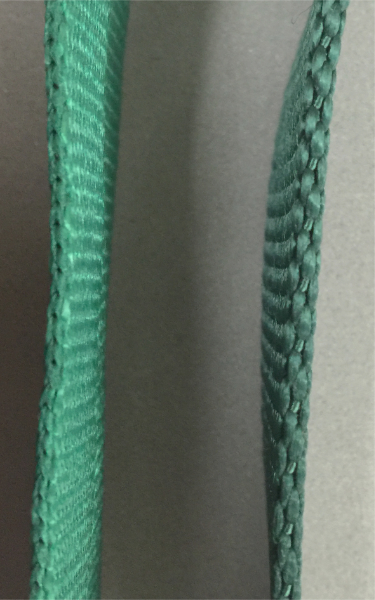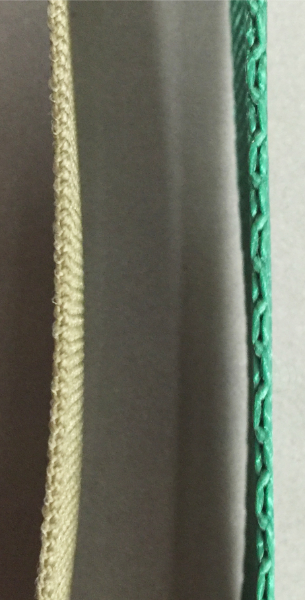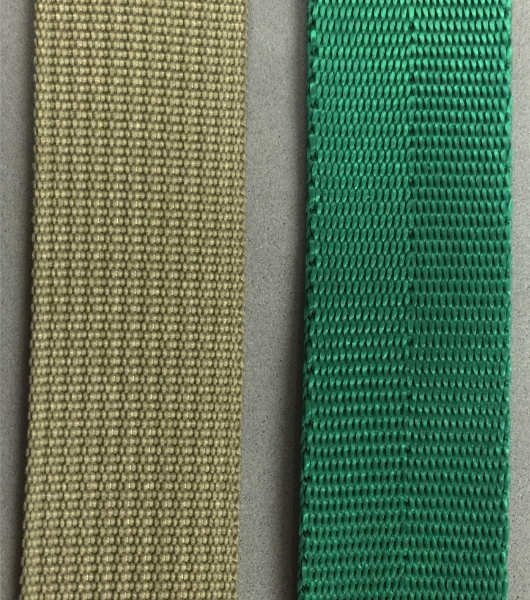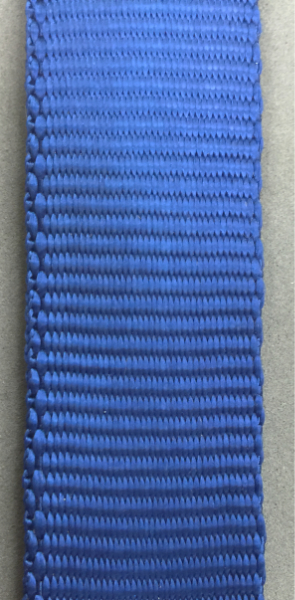How do you determine the breaking strength of polypropylene webbing? It depends. There is no industry standard way defining breaking strength. One manufacturer might test 10 samples and take the lowest strength. Another might take the average and a third might take the highest. Being a commercial grade product that is not designed for use in life safety or overhead lifting no government agency is telling the manufacturers what to do.
The industry has two basic models of polypropylene webbing, lightweight and heavyweight. American Cord and Webbing (ACW) has their 549 material that ranges from 0.040″ to 0.060″ in thickness and in a 1″ width has a minimum breaking strength of 360 pounds. ACW’s heavyweight material has a thickness range of 0.055″ to 0.075″ and a minimum breaking strength of 560 pounds.
I have seen lightweight 1″ material listed as having a 600 or even 700 pound breaking strength. Is one better or different from the other, probably not.
Brand Thickness Breaking Strength
ACW .040-.060 360 pounds
S .040 500 pounds
TS ? 700 pounds
ECW .040 550 pounds
What makes piece of webbing strong is the amount of material (polypropylene in this case) it contains and how it is constructed. Thickness tells you something about the amount of material for a given width.
So how do you figure out what to use? First the webbing is usually not the weak point in a strap assembly. Stitching or buckles can be much weaker. A 1″ side release buckle will have a breaking strength of around 200 pounds, much lower than ACW’s 360 pound breaking strength for the webbing. If you have a critical application the only way to be sure is to make some assemblies and test them. If all you are doing is strapping up some sleeping bags, strength is not an issue.
With polypropylene webbing chafe and ultra-violet (UV) exposure are two issues which will weaken your strap. Materials like polyester offer much better abrasion and UV resistance along with a higher initial strength. If you are repeatedly loading a strap consider nylon whose ability to stretch might help dampen the load.
My article How Strong Is Your Strap covers sewing pattern choices. Searching the internet you can find other information that will be helpful but at the end of the day, build a prototype and test.





